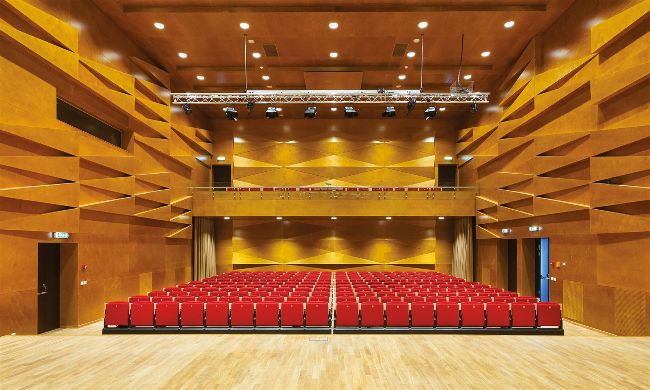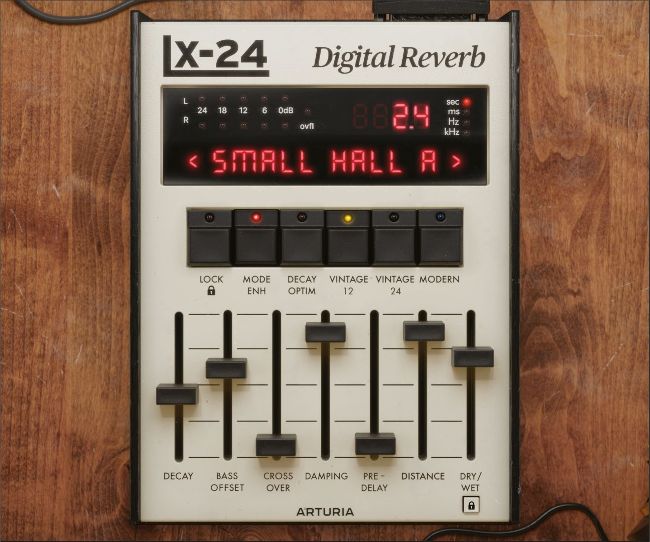Reverb types
Before you get creative, it’s important to understand how different types of reverb work

Reverb influences our perception of depth and distance, allowing us to create quasi-3D stereo images
There are four different ways in which reverb is created in the studio. The first to be invented, the echo chamber, isn’t a simulation but rather a room in its own right. The concept is simple: place a speaker in a lively acoustic space, play a signal through it, and collect the resulting reverberations with a microphone. Despite creating actual reverb, echo chambers are impractical – fun if you get the opportunity, but artificial solutions make life easier…

Lexicon’s reputation for reverb excellence started with its original digital algorithmic reverbs, many of which are now immortalised as plugins
Electro-mechanical reverbs – plates and springs – were the first such solutions to come along, but, whilst characterful, their usefulness is limited by the scanty control one has over the reverb sound. The same cannot be said of digital ‘algorithmic’ reverb, which creates big stacks of delay lines to simulate what happens when sound waves bounce and scatter around a room, and so offers many ways in which to influence the reverb effect.
Convolution reverb imprints onto a signal the acoustic characteristics of a so-called ‘impulse’ recording. Put another way, the impulse acts like a sample of an environment’s acoustics, and a convolution reverb processor can use that sample to recreate those acoustics. This makes convolution reverb infinitely flexible in theory but, like sample-based synths, can also lead to accusations of same-y-ness. The controls on offer tend to be less comprehensive than algorithmic too, and tend to work by manipulating the impulse, so in reality convolution reverb is not as malleable as algorithmic.